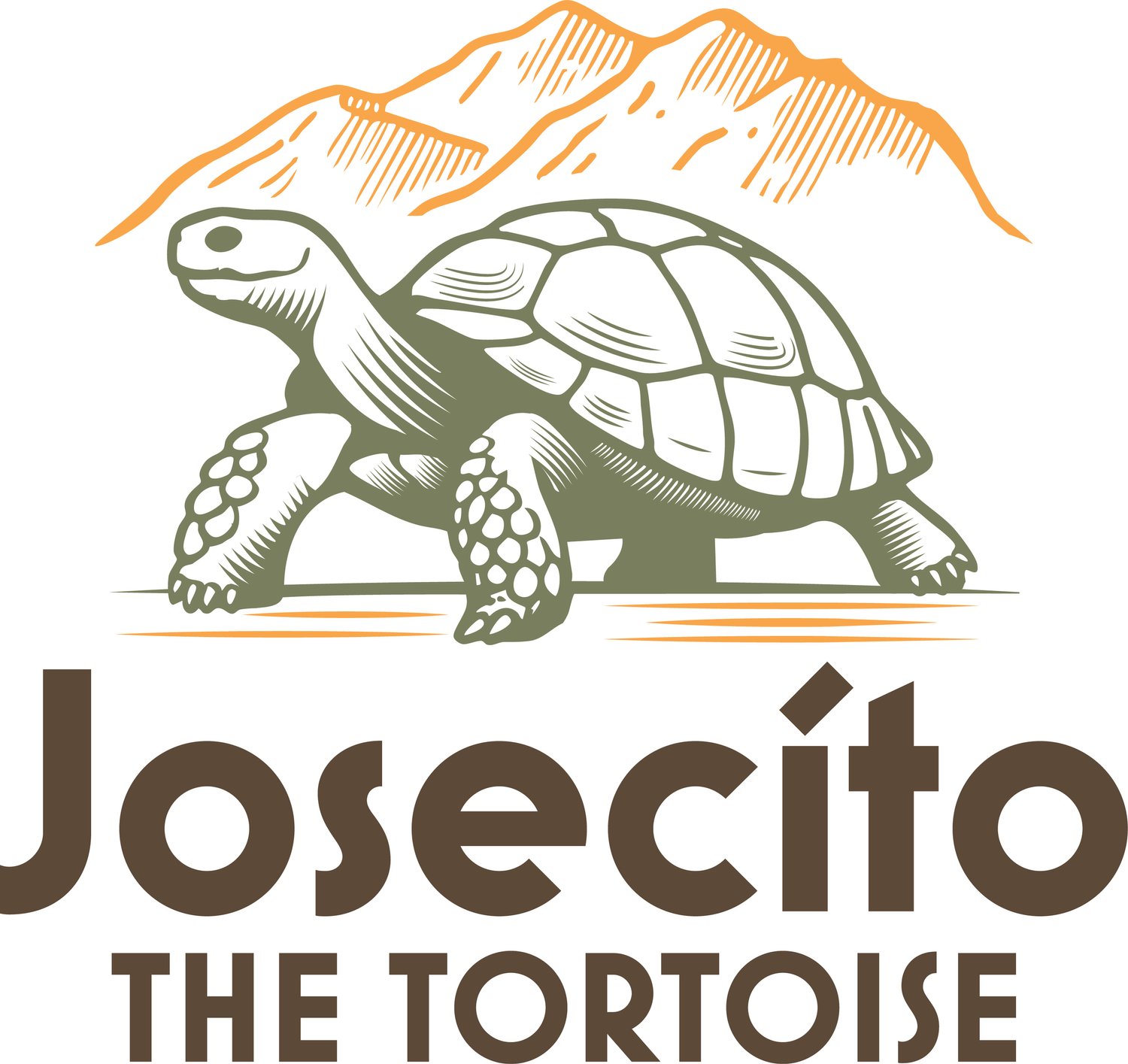Why is saving desert tortoises so hard?
Saving desert tortoises is difficult due to a combination of factors, including habitat loss, human activities like off-road vehicle use and vehicle strikes, and climate change. These threats are compounded by the tortoises' slow movement and low population densities, making it challenging to protect them in the face of ongoing development and human encroachment.
Here's a more detailed look at the challenges:
1. Habitat Loss and Degradation:
Development:
Urbanization, solar farms, and other infrastructure projects are destroying and fragmenting tortoise habitat.
Military Bases:
Military base expansions, like at Fort Irwin, take up significant areas of tortoise habitat.
Livestock Grazing:
Overgrazing can deplete the vegetation that tortoises rely on.
Off-Road Vehicle Use:
OHV recreation in the desert is particularly problematic, as it can kill tortoises, destroy their burrows, and fragment their habitat.
2. Human-Related Threats:
Tortoises are vulnerable to being struck by vehicles, especially when they emerge from their burrows to find food, water, or mates.
Upper respiratory tract disease, potentially spread by pet tortoises, can impact wild tortoise populations.
Ravens and other predators, whose populations have increased due to human subsidies, can take a toll on tortoise populations.
Tortoises are sometimes illegally collected and sold as pets, further reducing their numbers.
3. Natural Threats:
Climate Change: Rising temperatures and decreasing rainfall can lead to habitat loss, reduced food availability, and increased stress for tortoises.
Drought: Drought conditions can further stress tortoises and make it harder for them to find food and water.
Fire: Wildfires can destroy habitat and kill tortoises.
4. Low Population Densities:
Difficulties Finding Mates:
With declining populations and limited habitat, it can be difficult for tortoises to find mates, hindering reproduction and further impacting population growth.
Vulnerability to Extinction:
Low population densities make populations more susceptible to natural disasters, disease outbreaks, and other threats, increasing the risk of extinction.
5. Challenges in Conservation Efforts:
Limited Resources:
Efforts to protect tortoises often face limitations in funding, personnel, and resources.
Conflicts with Human Development:
Conservation efforts can sometimes be at odds with human development and energy projects, making it difficult to balance the needs of both.
Need for Targeted Solutions:
Addressing the threats to desert tortoises requires a multi-faceted approach that includes habitat restoration, predator control, mitigation of vehicle strikes, and addressing climate change.
